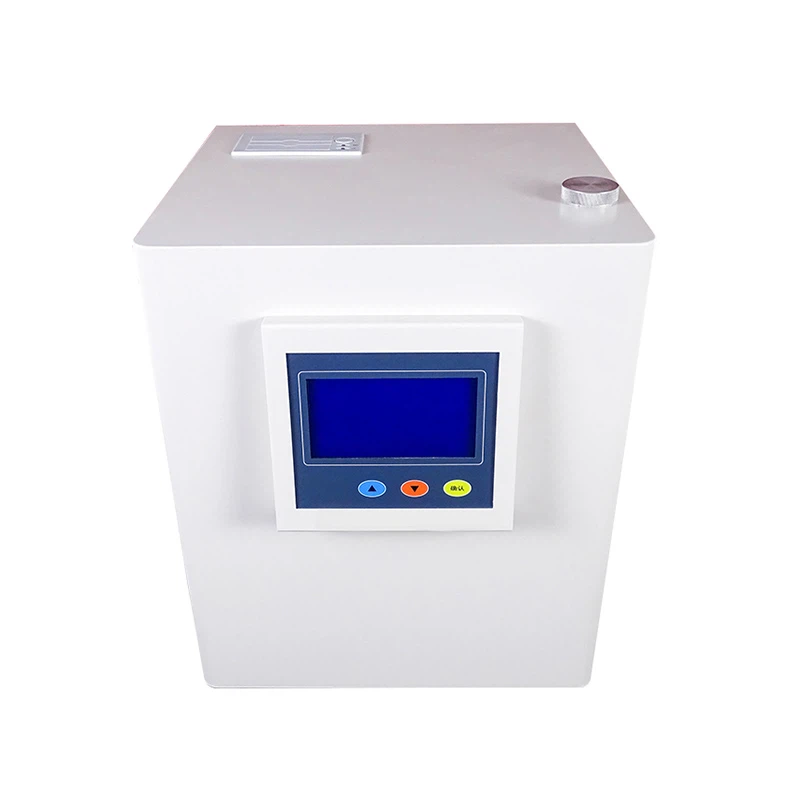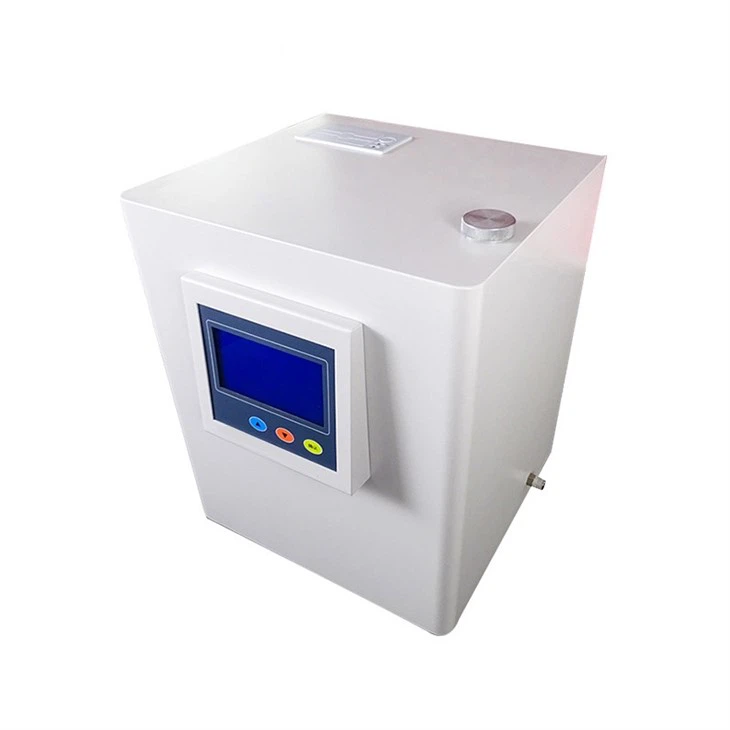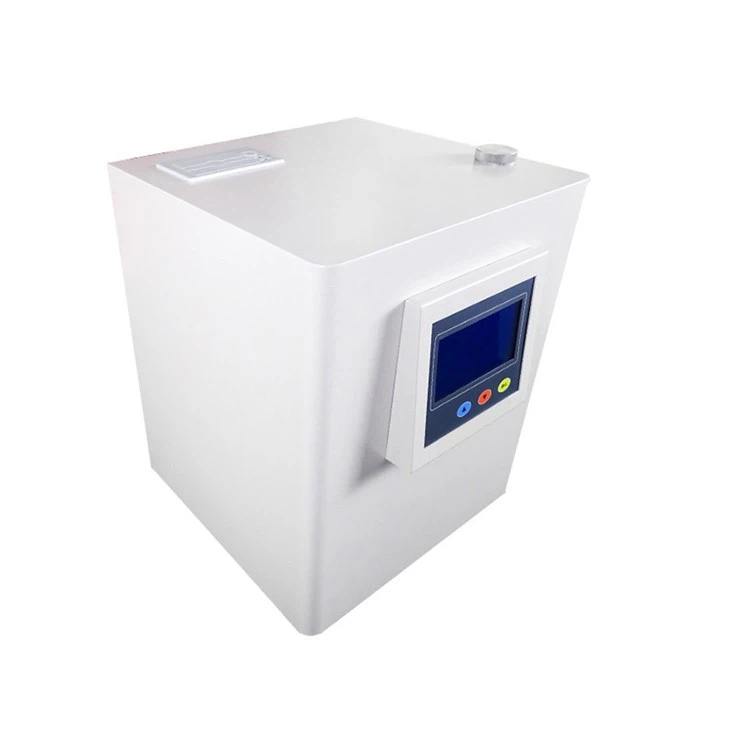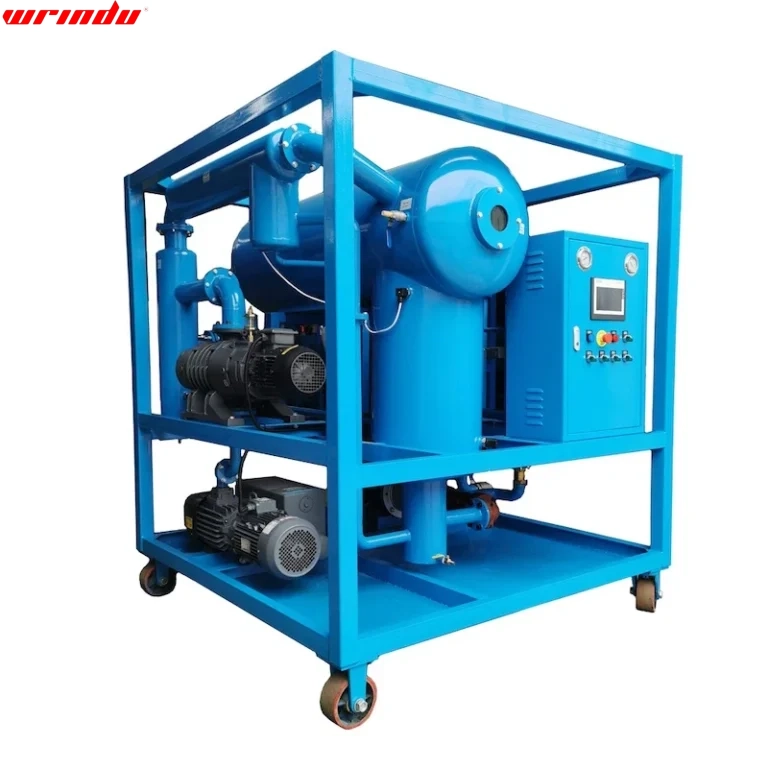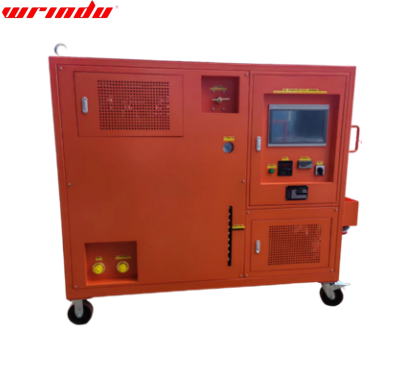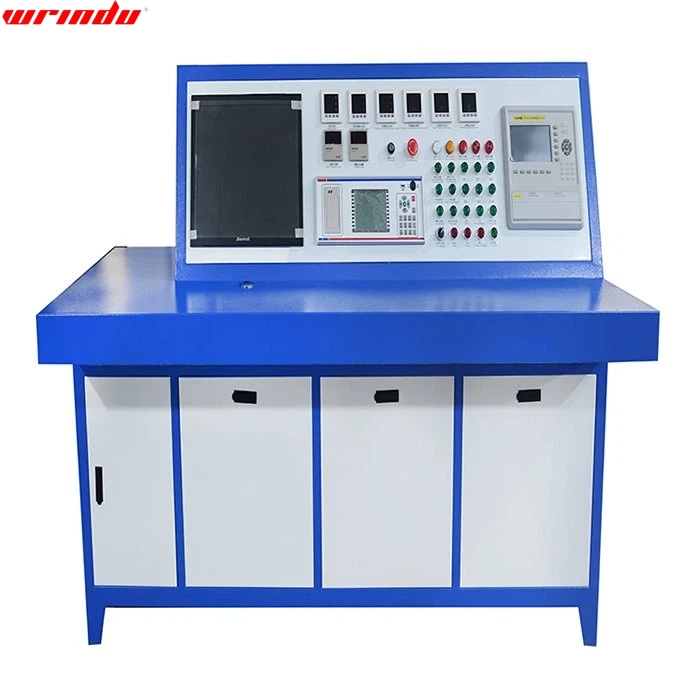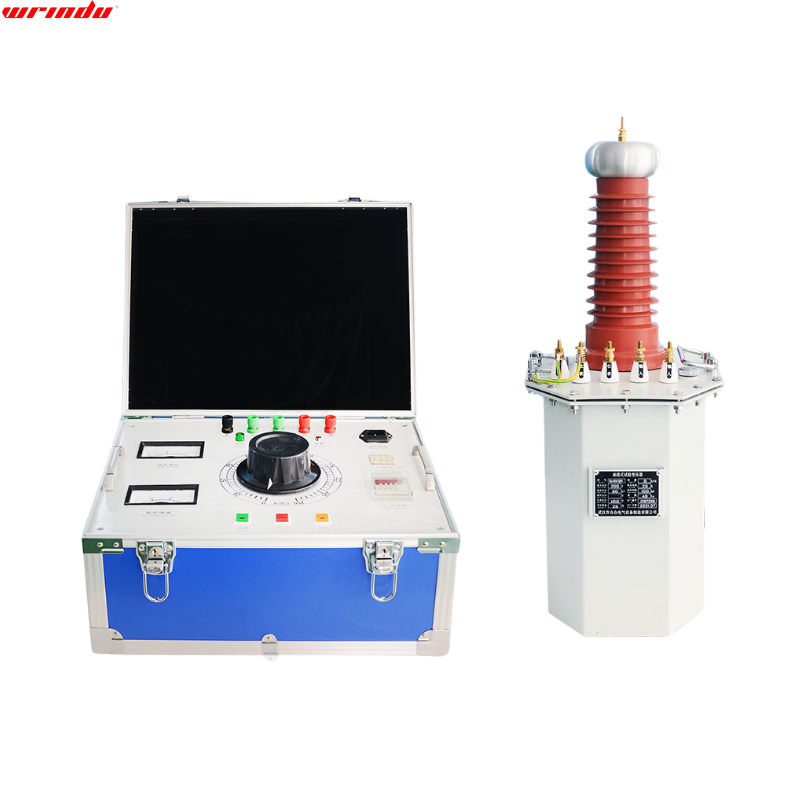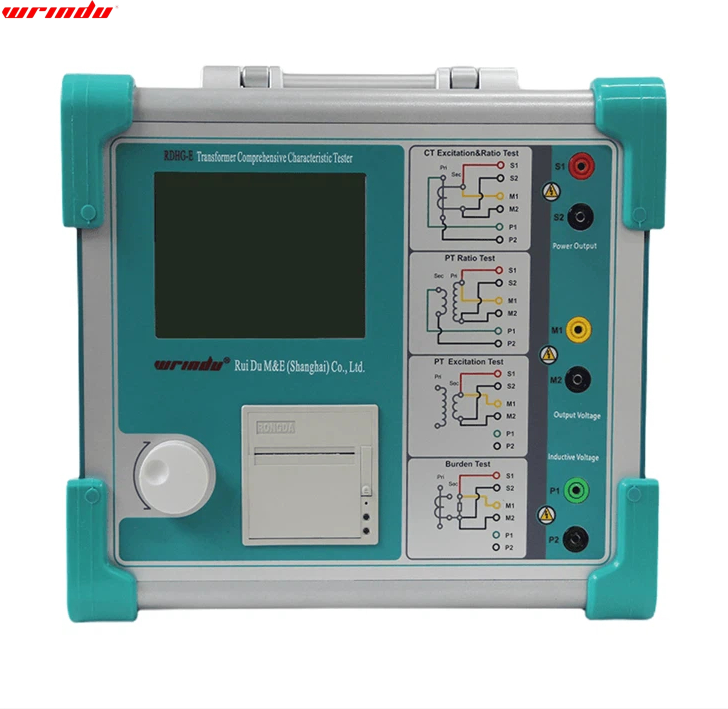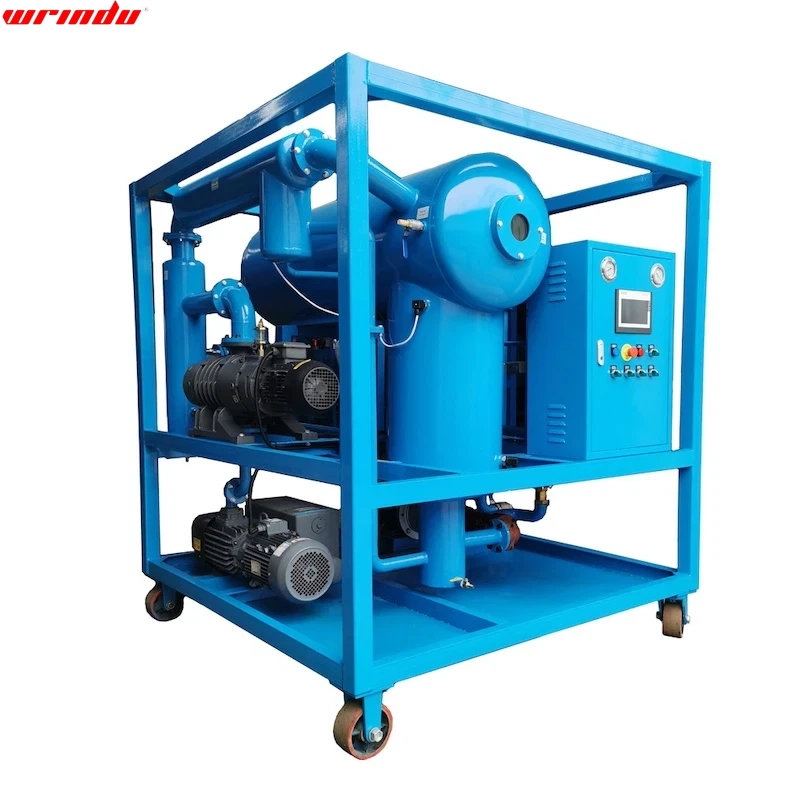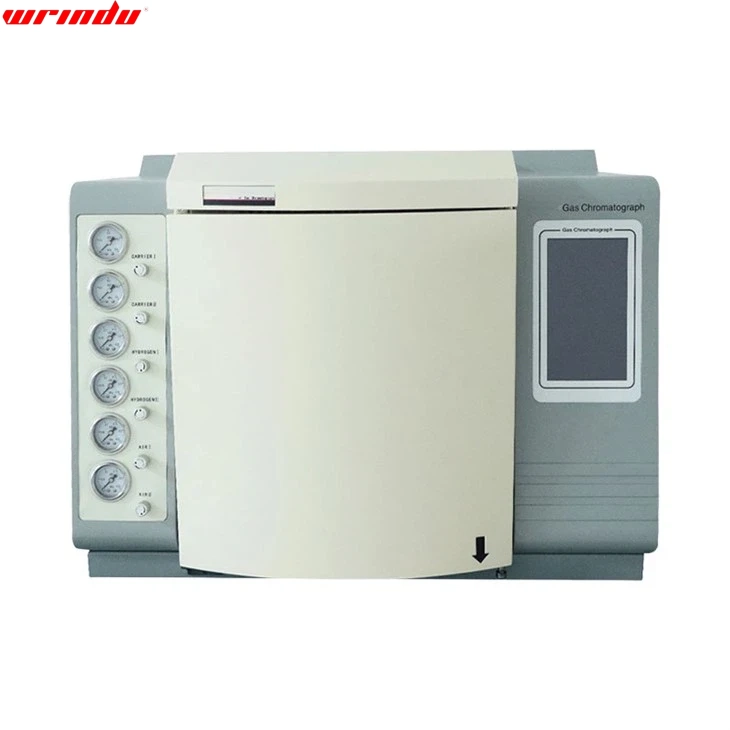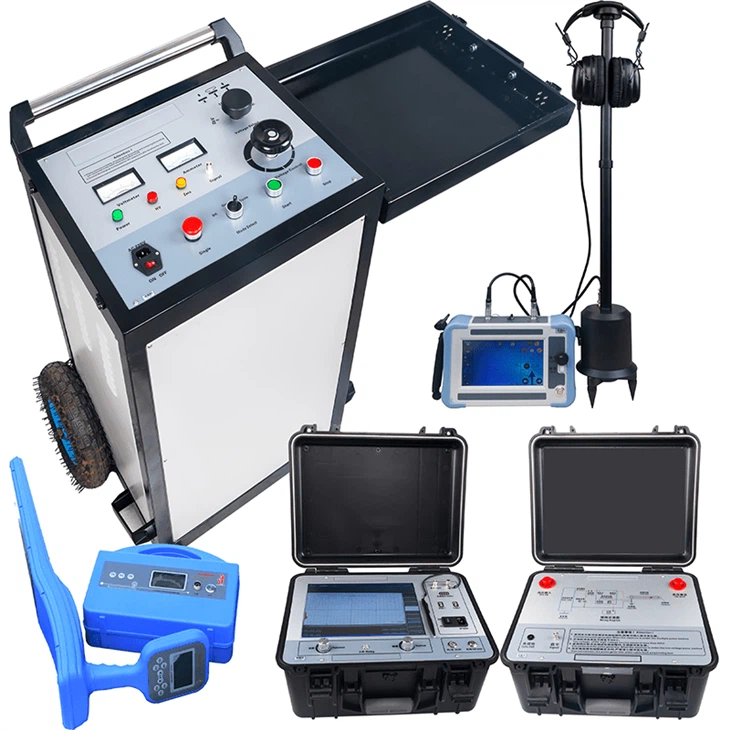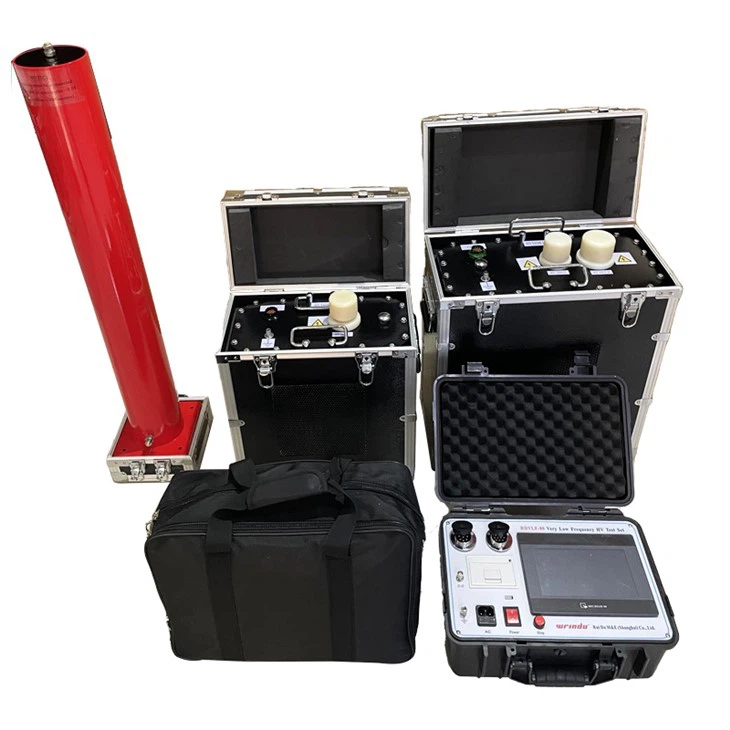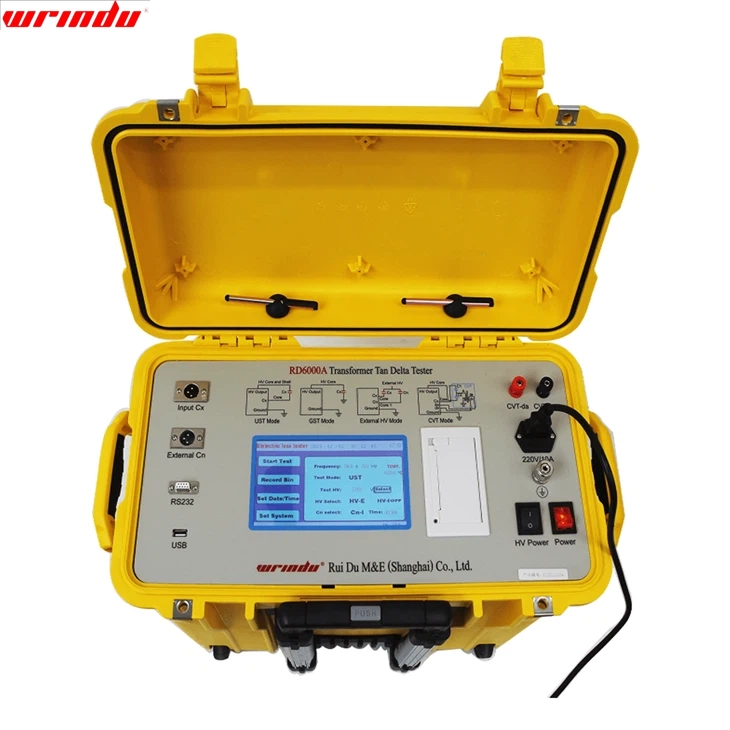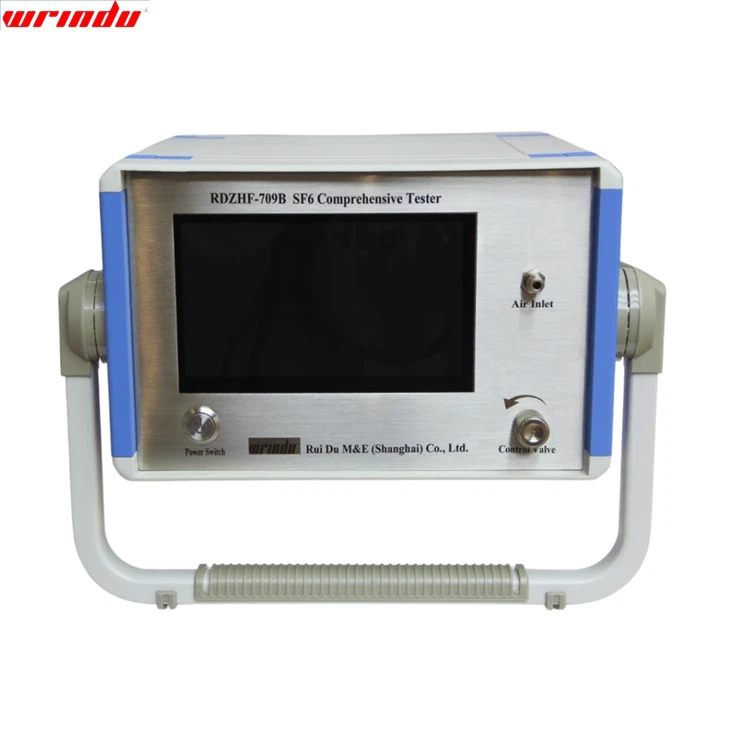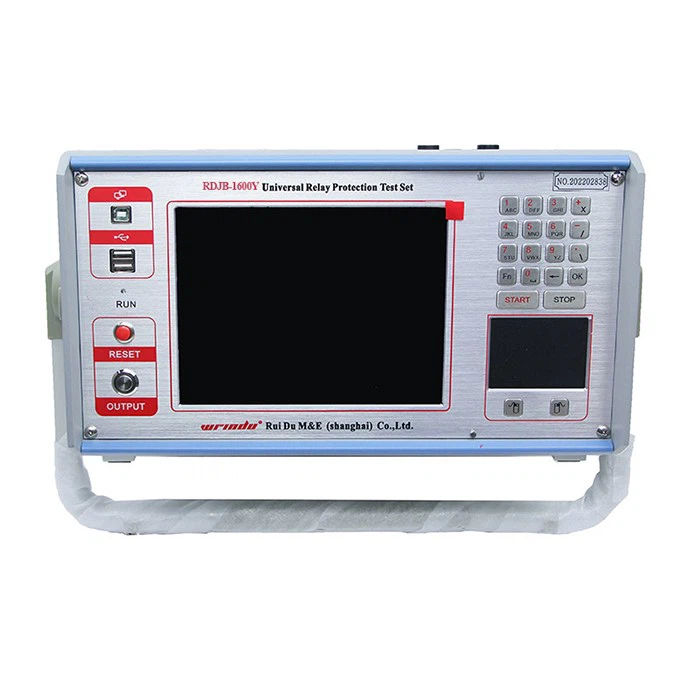OVERVIEW
This cloud and pour point tester is mainly used for power transmission and transformation equipment with voltage levels of 110kV and below. It can carry out all-around processing of various insulating oils, such as transformer oil, mutual inductor oil, switch oil, etc., in power departments and industrial and mining enterprises, help improve the quality of insulating oil, and ensure the safe and stable operation of the power system.
CHARACTERISTIC
• Equipped with a high-performance microprocessor combined with advanced semiconductor refrigeration technology.
• Adopt blue LCD (240×128), supports Chinese character display, convenient for human-computer interaction.
• The cloud and pour point tester has a self-diagnosis function to ensure real-time equipment status monitoring.
• Fast analysis speed, high accuracy, good repeatability, stability, and reliability.
For more information about oil and gas chromatography equipment, please click More.
To request the latest quotes, please click Contact Us.
FAQ
Q: What is the cloud and pour point test?
A: The Cloud Point is the lowest temperature at which a liquid sample becomes cloudy due to the formation of hydrocarbon crystals as the components start to precipitate during cooling. On the other hand, the Pour Point is the lowest temperature at which a liquid can still flow without external assistance, such as stirring, indicating its ability to remain mobile under cold conditions.
Q: What is the test method for the pour point?
A: The Pour Point test follows ASTM D97, where the sample is cooled in a bath to form paraffin wax crystals. At 9°C above the expected pour point and every 3°C thereafter, the jar is tilted to check for surface movement, determining the lowest temperature at which the liquid remains flowable.
Q: What are the factors affecting the cloud point and pour point?
A: The cloud point and pour point of petroleum products are influenced by factors such as additives and contamination. Pour point depressants can lower the pour point by preventing wax crystal formation, while contaminants like dirt or water can raise the pour point, affecting the product’s flow.




